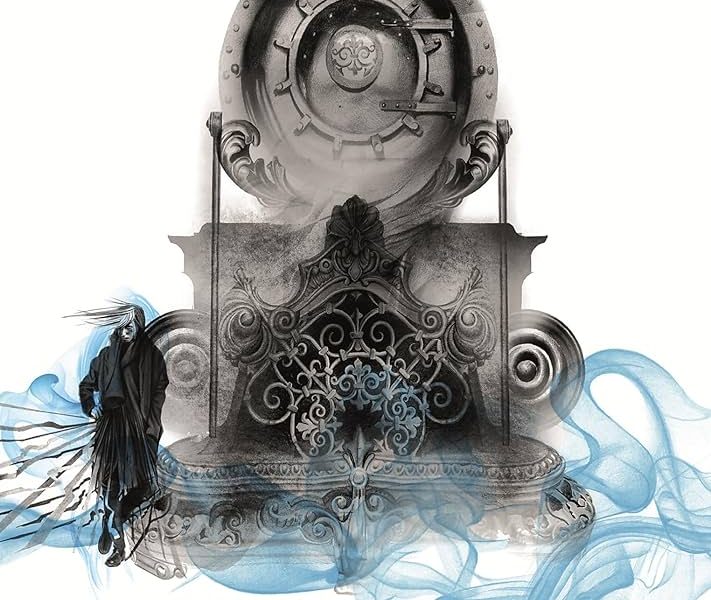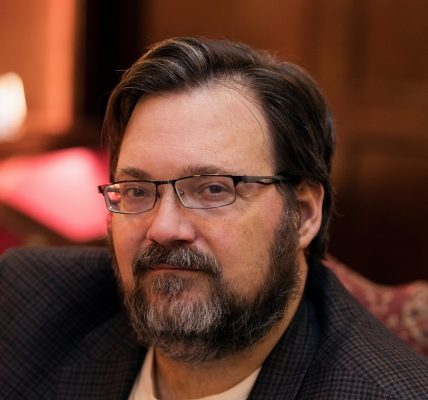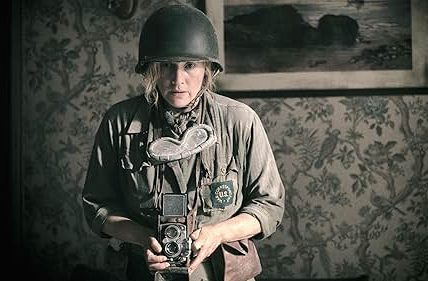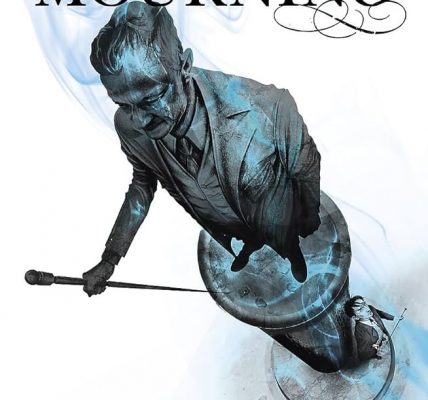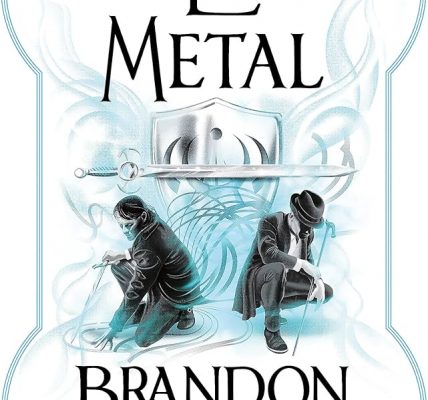Everything We know is About to Change
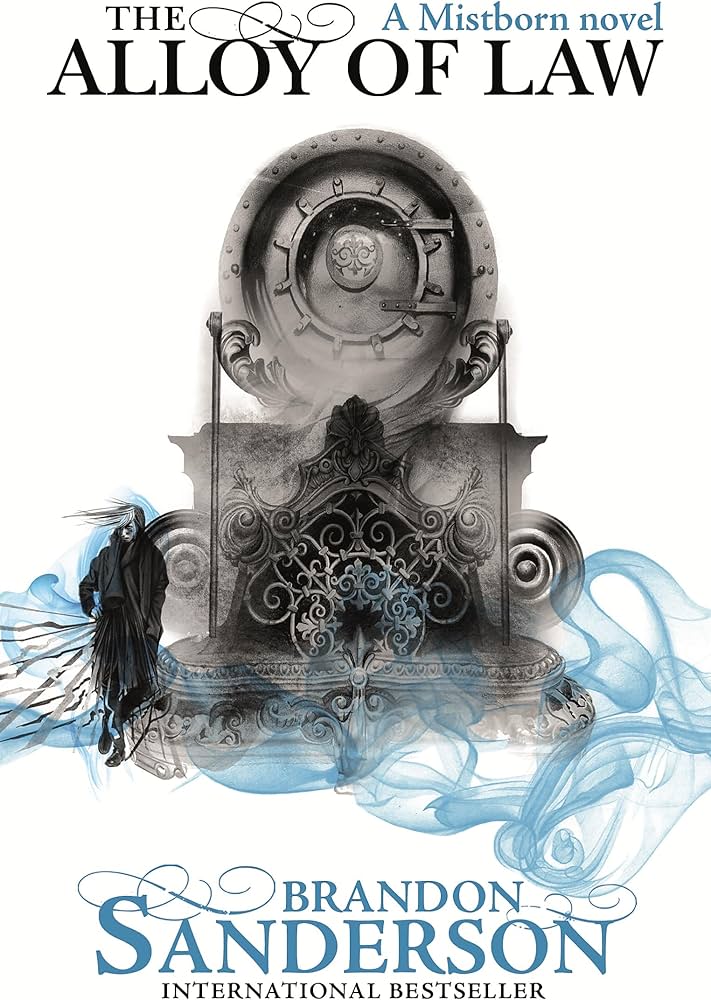
Sanderson takes the Mistborn series in a whole new direction in the jump from Era One to Era Two, with a whole new world filled with new dangers. It is both startlingly unfamiliar and built on the pillars of the familiar past. And, whilst its initial introduction stumbles, it finds a comfortable pace near its final pages to ensure fans of the series can still feel connected to this amazing world of metal magicians.
The Alloy of Law takes us 300-odd years into the future of the world of Mistborn, and both much and little has changed in that time—the Lord Ruler and Ruin have long been vanquished, the ash no longer falls from the sky, and the crew Kelsier, the Survivor, assembled has passed into legend. Unfortunately, the lords of the realm still hold much more sway than the commoners, dark forces plot to upend the legacy of Vin and Elend’s work, and those with Metalborn powers still aim to suppress their more naturally born inferiors.
This is a dangerous new world—made even more dangerous by the invention of guns, which has opened new territory for misting combat. However well-meaning Harmony, formerly Sazed of Kelsier’s crew before ascending to godhood, was in creating this new world, evil still exists and often prevails.
It is for this reason that the world is lucky to have the likes of Wax and Wayne guarding it. Lawmen of the Wild West-like Roughs, Waxillium Ladrian is forced back to the city of Elendel to assume his family’s titles after both personal and familial tragedy. Determined to become a refined member of high society, Wax is pulled out of his brief retirement from crime-fighting when a series of robberies-turned-kidnappings reveals a foul plot. With his old deputy Wayne and the help of a few new companions, it’s up to the dynamic duo of the Roughs to bring a little small-town justice to the big city.
Whilst not an especially long title, this short novel packs quite a punch in just over 300 pages. It is, quite frustratingly, a short novel—shorter still when one considers the colossal amount of information it has to convey to readers of the series, concerning establishing this new world in a semi-familiar setting.
The characters, however well-written and enthralling, are not as immediately appealing as the crew we’ve come to know and love. That doesn’t make them uninteresting or humourless—an attribute that was considerably lacking in the protagonists of Era One. Wax and Wayne’s dynamic is the perfect blend of rough, tortured souls and semi-sarcastic, consistently witty banter. Wax’s well-mannered tongue-in-cheek comments play well against Wayne’s wacky and weird expositions.
The new abilities of this new world are also quite interesting, and perhaps an improvement on Vin, Kelsier, and later Elend’s overpowered Mistborn nature. Whilst Wax and Wayne are hardly the weakest of Metalborn—with Wax’s pushing and weight control and Wayne’s time manipulation and healing—it’s nice to have protagonists who feel closer to having a sense of mortality. While Vin, Kelsier, and Elend always felt weak in comparison to their god-like foes, moving away from such large-scale theatre makes protagonists who aren’t multi-powered (nearing all-powerful) feel more appropriate for the smaller stage they are playing on.
It remains frustrating, however, that while Sanderson’s rebirth of the Mistborn world at the end of Hero of Ages set a good groundwork for a fresh start and a fresh story, Wax and Wayne’s battle with injustice initially feels like a kick in the crotch to the end of the Era One novels, which seemed to suggest Harmony’s ascension would bring a certain amount of peace to this previously violence-dominated realm.
I will be honest and say I was not entirely sold on Sanderson’s need to expand on what initially appeared to be a completed narrative, though I found Wax and Wayne’s relationship immediately endearing and compelling. It is only as the novel closes that the essence of the longevity Sanderson is providing to this story becomes apparent. While it has always been clear to long-time fans of the Cosmere that Mistborn was never meant to begin and end with the battle against Ruin, it is only when Sanderson brings this opening to a close that the great potential for this story to continue becomes clear—and that while the past is prologue, many familiar characters still have parts to play.
Perhaps not an entirely necessary addition to the Cosmere, Era Two’s short beginnings feel like a good, if not entirely perfect, start to the Mistborn series. While I remain hesitant about the need for this new series, I have faith in Sanderson’s brilliant writing to pull off an entirely epic, if not entirely needed, continuation. After all, this might not be the epic of The Hero of Ages, but it might yet be something new and exciting. We know the secrets of the old world—now let’s see these lawmen discover the secrets of the new one.
6.7 out of 10.

